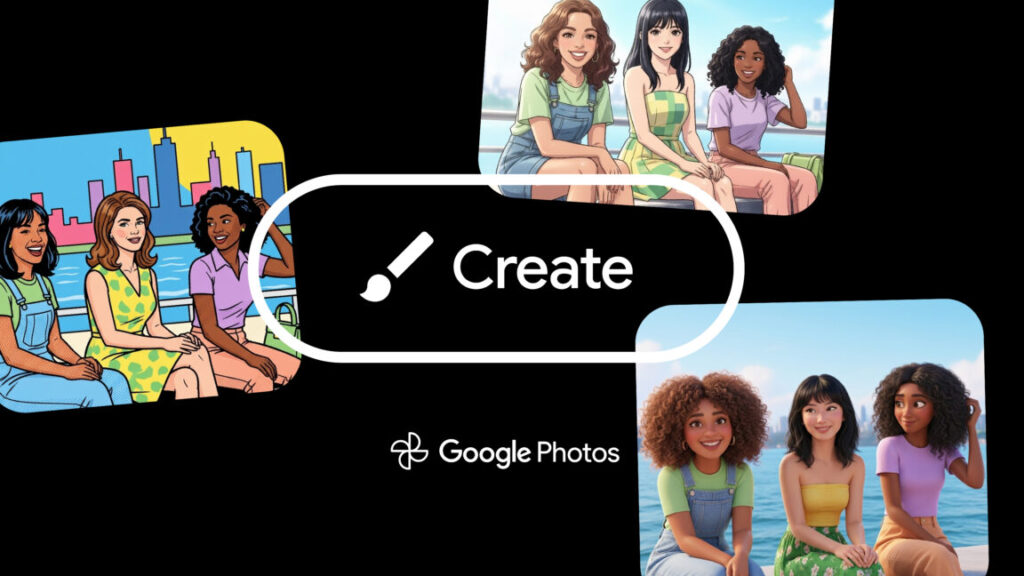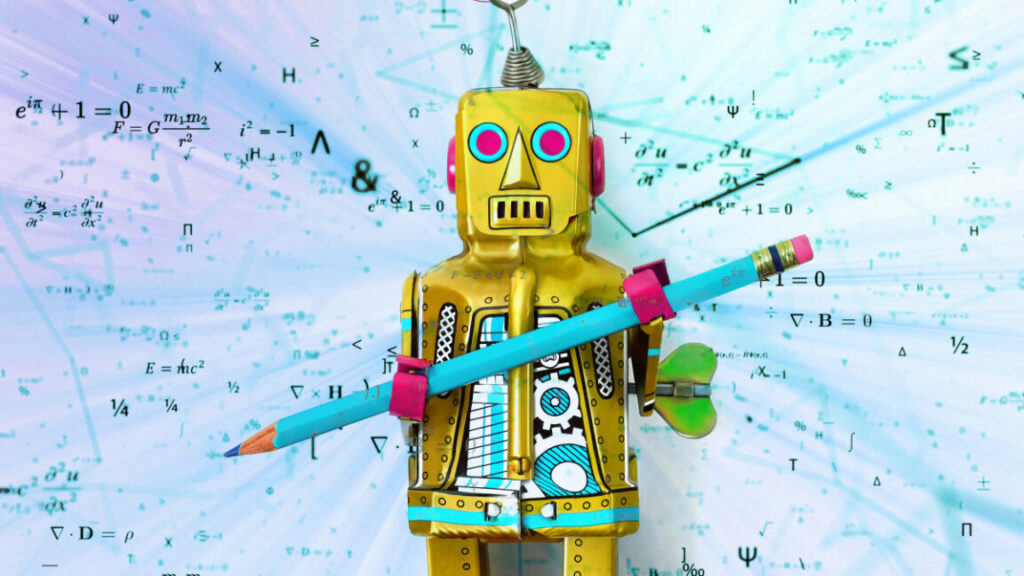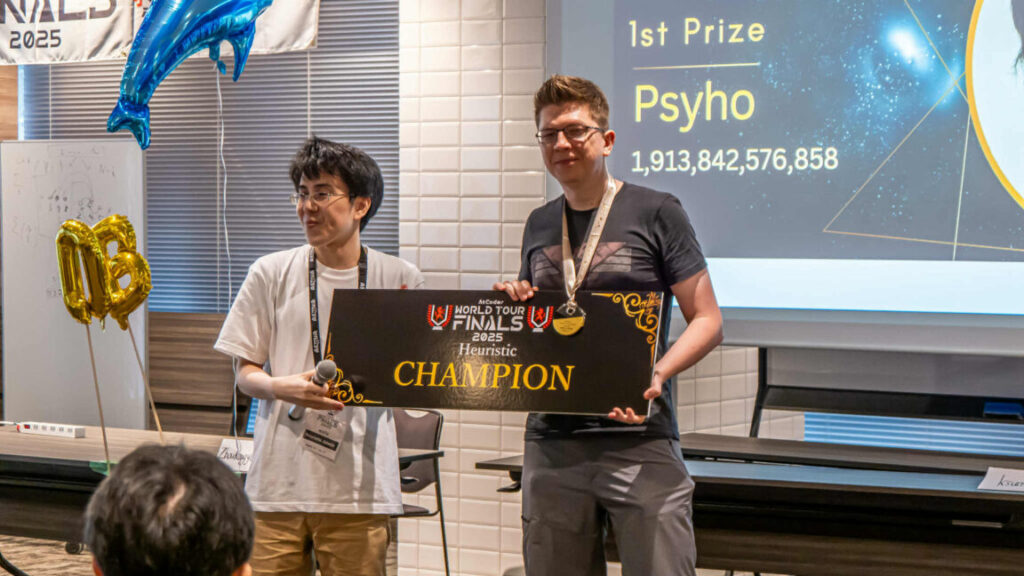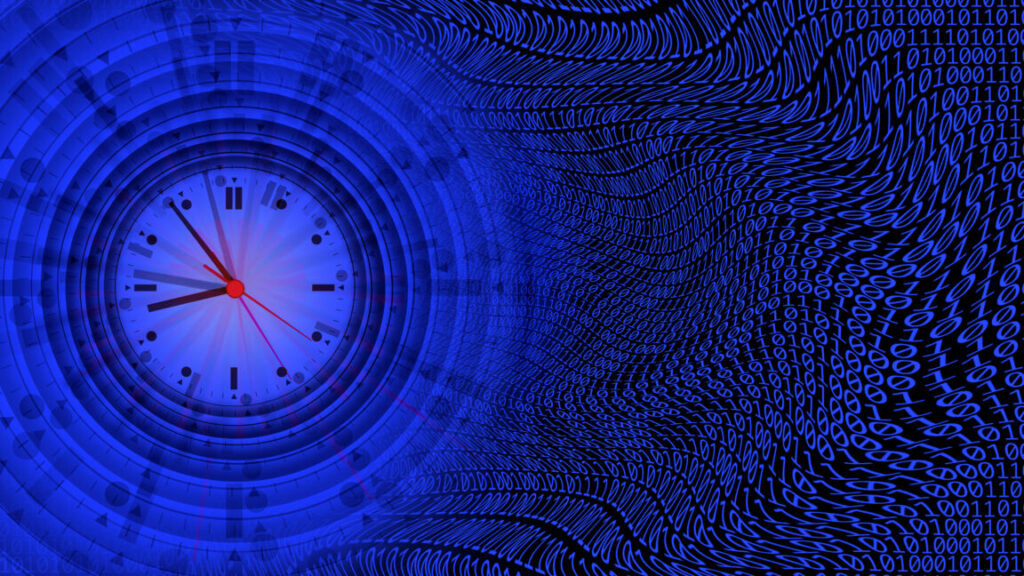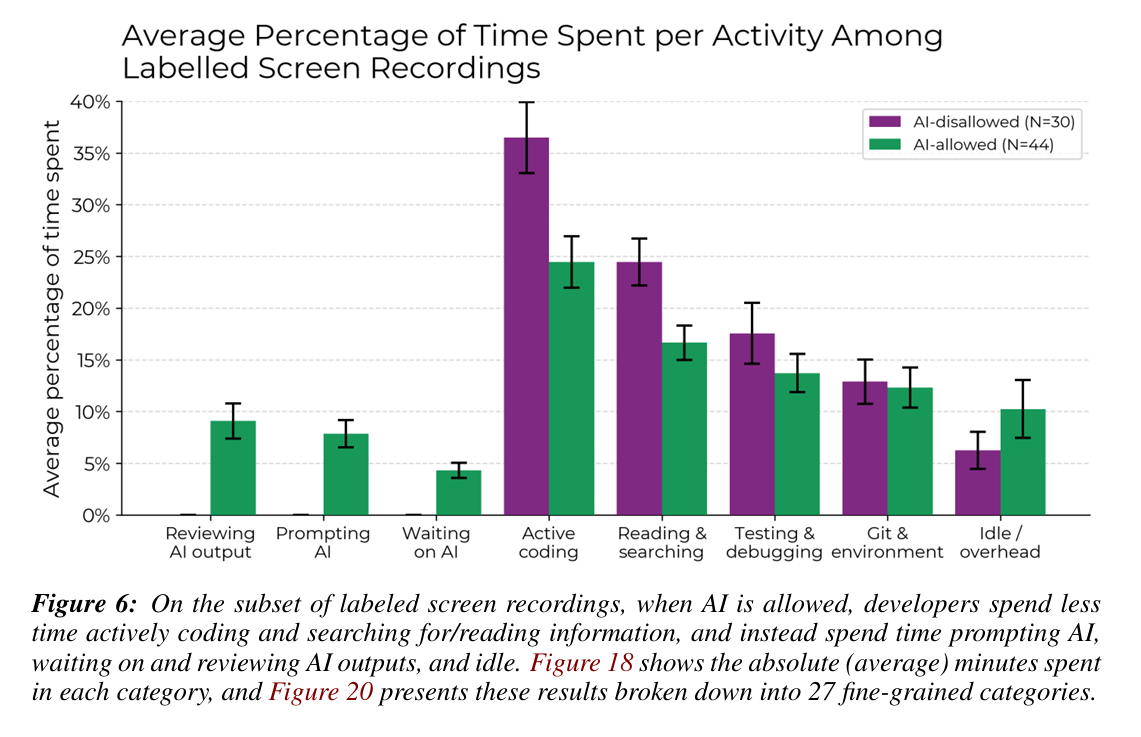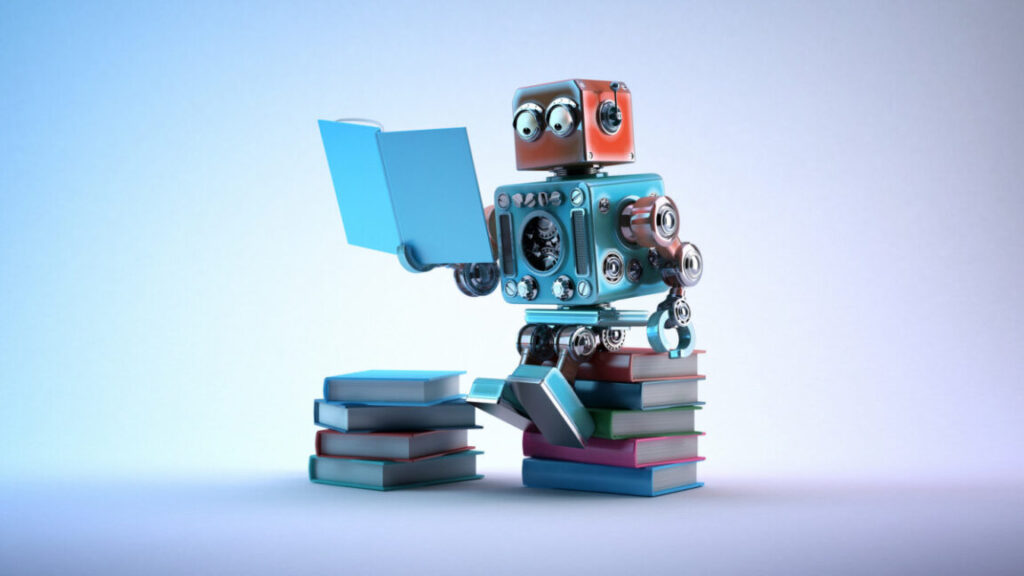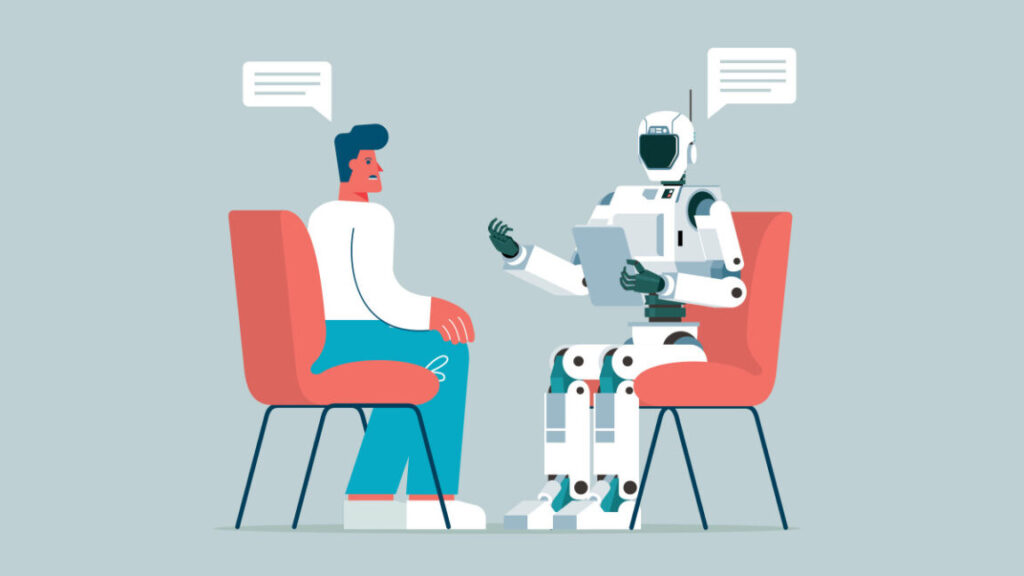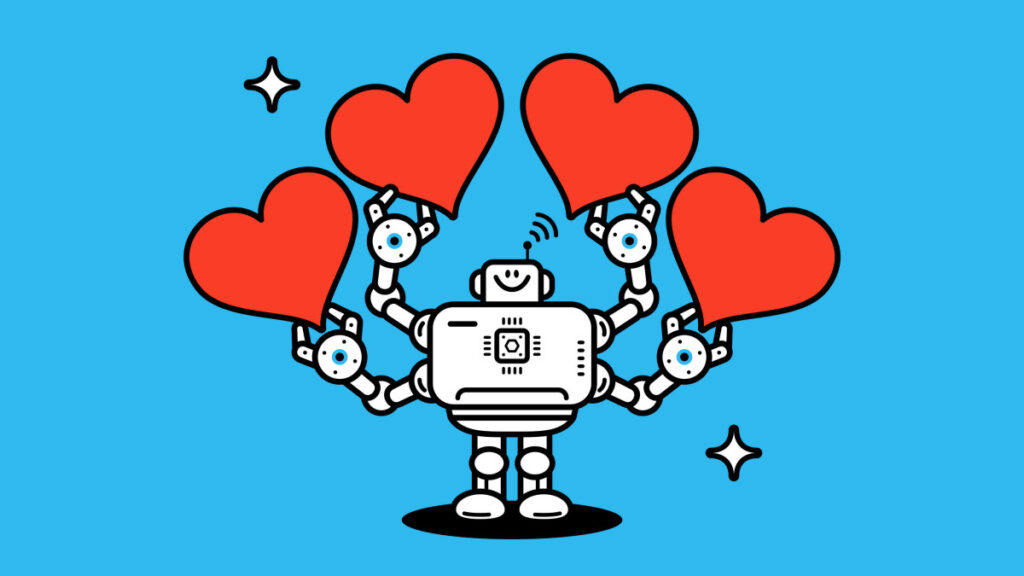AI video is invading YouTube Shorts and Google Photos starting today
Google is following through on recent promises to add more generative AI features to its photo and video products. Over on YouTube, Google is rolling out the first wave of generative AI video for YouTube Shorts, but even if you’re not a YouTuber, you’ll be exposed to more AI videos soon. Google Photos, which is integrated with virtually every Android phone on the market, is also getting AI video-generation capabilities. In both cases, the features are currently based on the older Veo 2 model, not the more capable Veo 3 that has been meming across the Internet since it was announced at I/O in May.
YouTube CEO Neal Mohan confirmed earlier this summer that the company planned to add generative AI to the creator tools for YouTube Shorts. There were already tools to generate backgrounds for videos, but the next phase will involve creating new video elements from a text prompt.
Starting today, creators will be able to use a photo as the basis for a new generative AI video. YouTube also promises a collection of easily applied generative effects, which will be accessible from the Shorts camera. There’s also a new AI playground hub that the company says will be home to all its AI tools, along with examples and suggested prompts to help people pump out AI content.
The Veo 2-based videos aren’t as realistic as Veo 3 clips, but an upgrade is planned.
So far, all the YouTube AI video features are running on the Veo 2 model. The plan is still to move to Veo 3 later this summer. The AI features in YouTube Shorts are currently limited to the United States, Canada, Australia, and New Zealand, but they will expand to more countries later.
AI video is invading YouTube Shorts and Google Photos starting today Read More »
